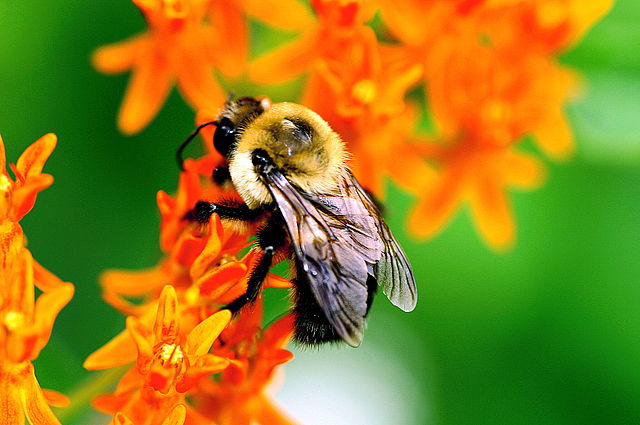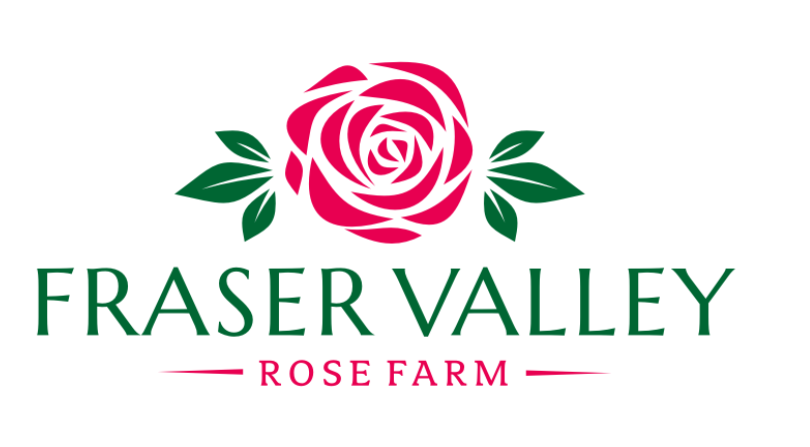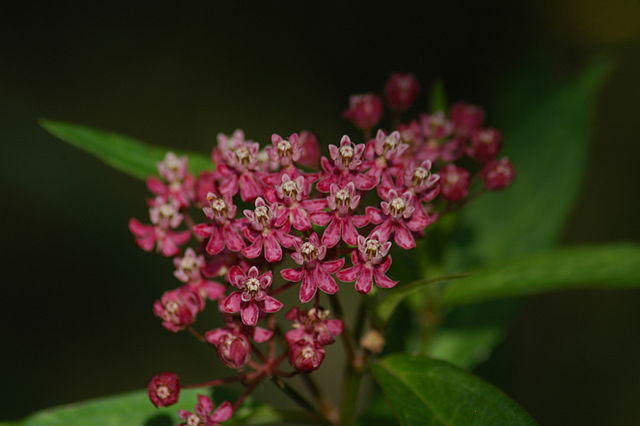Yesterday a customer challenged me about some plants I’ve been selling. The plant is butterfly weed (aka milkweed), the genus Asclepias, of which I sell two species. What he took me to task on was my description, in which I noted that Asclepias is the host plant of the endangered Monarch Butterfly.
He wasn’t questioning the accuracy of the information – both Asclepias incarnata (which is tall, pink flowering, and likes a moist soil) and Asclepias tuberosa (which is shorter, bright orange flowering, and likes a drier location) are the larval food plant of the Monarch Butterfly, and both are native to North America. What he was challenging is the relevance of the information: if our local area is outside of the range of the Monarch, then isn’t it a bit misleading to appeal to customers with this tidbit of information.
Back to the Monarchs in a minute, but I found this to be a nice reminder of why I so much enjoy my time selling at the farmers market. Not all feedback is quite as direct as this example, but selling at the farmers market gives me a wealth of feedback.
Growing plants is a challenge I enjoy – otherwise, I suppose I wouldn’t spend a large portion of my free time doing it. On the one hand, I enjoy the challenges and novelties of growing the plants themselves. On the other hand, it’s the business end of it – how to use my limited resources to keep the costs of my “hobby” from overwhelming us, and how to progress our little farm towards sustainability. That’s the balancing act I’ve been working at for the last six years. To do this successfully, I need to share my hobby with my customers, and I’ve learned that to do it well, I need to allow my customers to “have their say” in what I grow, and how I grow it.
This would be true, by the way, even if I were selling through wholesale or by mail-order, but I happen to think these channels would be much less personally rewarding. I can grow whatever strikes my fancy, but the correctness of that decision is only tested when my produce sells – or doesn’t! If my enthusiasm for a plant doesn’t translate into a customer interest, I messed up.
At the farmers market, I get to see that moment up close and personal. I experience the feedback richly and completely, sometimes in what my customers say or ask, but more often in how they shop – what they walk by, and where they pause, how they select the plants and how long they consider their purchases. I see it in their mood when they walk right past my tent, or when they shop and walk away with something they’re excited to plant or or cook with or give away as a gift.
I don’t think I could ever gather such rich feedback from a sales report. No offense to the accountants who are reading this. Yes, your numbers are essential to the running of a good business, and they keep me honest about how things are going, but no spreadsheet could adequately tell me about that flower stem that catches everyone’s eye in a bouquet, or what color and form of rose is most likely to be sniffed.
Seasonality is a funny business, and very much woven into my life now. My preparations for farmers market begin in December and January, with seed purchases and stratification. That part is predictable. After that, the actual weather and variability of the season begins to alter my carefully prepared plans. I have to watch the cues of our shoppers to see where I should focus my efforts. I do know that sometime in late May or early June, plant sales will fall off – but exactly how steep and deep that cliff will be varies from season to season. So the decision is whether to seed more cilantro or sweet peas, or whether to spend my limited time pruning and fertilizing roses for rebloom, or to attend to cut flower crops instead.
The trends are unmistakable. When customers are “done” with planting, their eyes avert as they walk past. The more avid gardeners may walk though to see what’s new, but the small-talk topics turn to the difficulty of keeping the garden watered, or summer vacation plans – both common reasons why a customer would choose not to plant anything new.
However, as quickly as market visitors can close a door on your sales, if you watch carefully, they’re opening another. It’s what led me to sell cut flowers during the sales lull following the spring planting season. It’s also what led me to growing tomatoes and squash for the later part of the year. You see, as enthusiasm wanes for my potted plants, I can see excitement building for the summer produce season. Stall visitors will pause to talk about how their grapes are coming along, and the veggie vendors become the main attraction at the market.
My first love in farming will always be novel and interesting plants, I think. It’s just the way I’m wired. However, by listening to my customers, I’ve found a way to maintain my presence at the market and my relationship with the visitors outside of the spring selling season. I’ve become a tomato and squash grower because I listened to what my hobby “partners” told me they want.
They’ve told me a lot, directly or indirectly. Customers have told me they prefer veggies that are grown without synthetic fertilizers and sprays. They’ve let me know that multi-purpose plants are better – they want a plant that doesn’t just look good, but also attracts pollinators, or has edible flowers, or is suitable for difficult growing conditions. They’ve taught me that the average gardener is a little intimidated by the idea of growing roses, but also isn’t afraid to occasionally try something new in the garden.
So what about the Monarchs? Well, I’m not troubled by the fact that my customer challenged me about selling milkweed for the benefit of the Monarchs (when, in fact, the presence of Monarchs in the lower Fraser Valley is a little dubious). The tone of the conversation was positive and respectful, which I find pretty typical of the farmers market crowd. The fact that he was ready to challenge my marketing just confirms for me one more thing that my farmers market customers have said loud and clear: authenticity is important. They don’t want to be manipulated.
My answer to the Monarch question: my cursory research indicates that we’re on the edge of the Monarch’s range. A UBC report documents individuals periodically in the South Coast, presumably as a part of migration towards the Pemberton/Lillooet area and upper Fraser Valley, where populations are more numerous. E-fauna BC and other BC gov websites also place the Monarch as a present but infrequent species in our area.
The fact that Monarchs aren’t numerous in the Fraser Valley doesn’t dampen my enthusiasm for the Asclepias species at all. As it happens, the milkweeds are a reliable nectar source for a very wide variety of butterflies and bees. They’re also quite attractive in the garden – despite the “weed” in their name. And if they end up being of some use to the odd wandering Monarch, so much the better!


